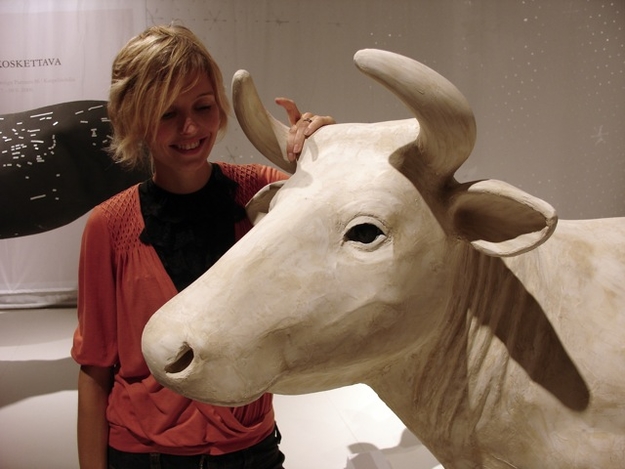For the past eight years I have worked with decision makers, technology companies, and design-promoting organisations. No matter how different each party’s point of view is, they all share one common belief: it’s not good to be small. If you are small, you should try to become big.
Smallness is a no-no in design for several reasons. First, small-scale activity is linked with small-scale productivity: higher unit costs result in lower profit margins. Second, boutiqueness does not scale. For example, a retail chain cannot sell products by local designers, because the volume of an individual designer is not big enough. Third, small brands disappear in big media. There is little money to be spent on advertising, and the press typically casts its spotlight on the bigger players.
Poor productivity, scalability and visibility have become political issues in the design sector. Consequently, various actions to get from small to big have been initiated. Consultants have been hired to study what keeps small design firms from growing, universities have devised new courses to teach designers entrepreneurial skills, and governments have offered young designers grants for business development and internationalisation.
Yet something is not working. Studies of the arts and crafts sector report that most designers and crafters don’t expand their businesses, because their first goal is not to scale up production. Design entrepreneurs prefer a smaller scale, because it keeps them in control of their own work and in touch with their customers.
Although small designers don’t interest the mass media, they can be well known to an international niche audience online. This suggests that small size and low public visibility might not really be such sins for designers and crafters. In the current networked markets, on the contrary, they may be strengths. Small is trendy because it is different from the mass-produced. Small is high-involvement because it is rare and invites discovery. Small is valuable because it is genuine and intimate. It connects people with people, not companies.
On the Web, services like Amazon, eBay, and Etsy aggregate the small. Their logic is that when put together, the small is bigger than the big. What’s more, personal recommendations are taking the place of traditional marketing. The statement of The Cluetrain Manifesto that markets are conversations is turning out to be true.
To participate in the emerging online recommendation-based markets, small designers and producers need unique identifiers for their products. My project, Thinglink, is a free product code for creative work that can be used to point to unique objects on the Web. Together with peer-to-peer recommendations, we can connect the online to physical objects and build a way for the small and the distributed to outdo the big and the centralised.
related items:
Etsy.com
Thinglink.org
Seth Godin's Small is the New Big
